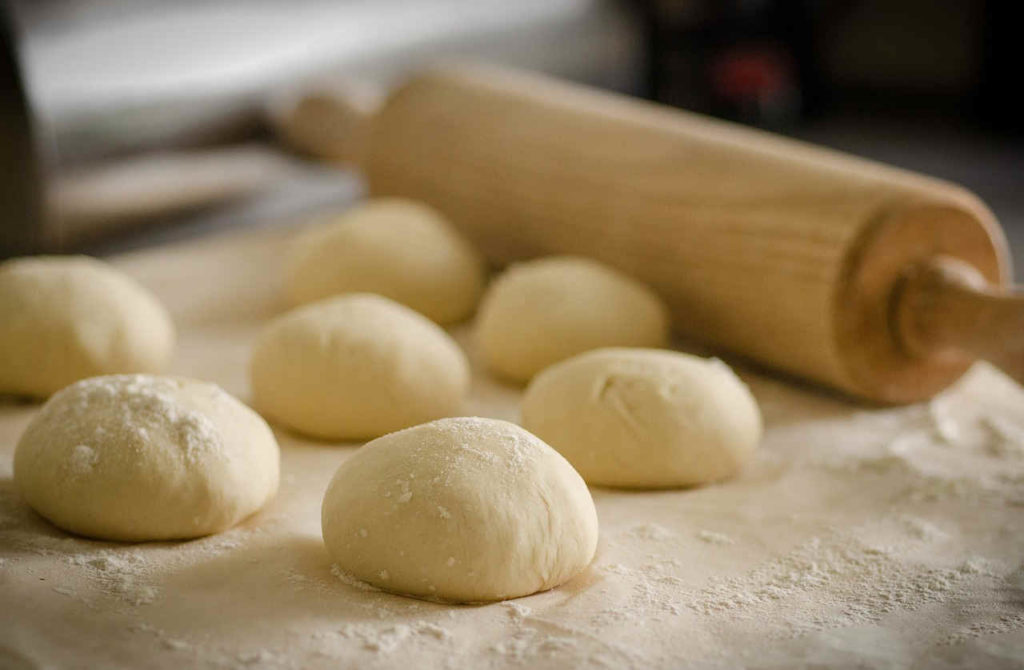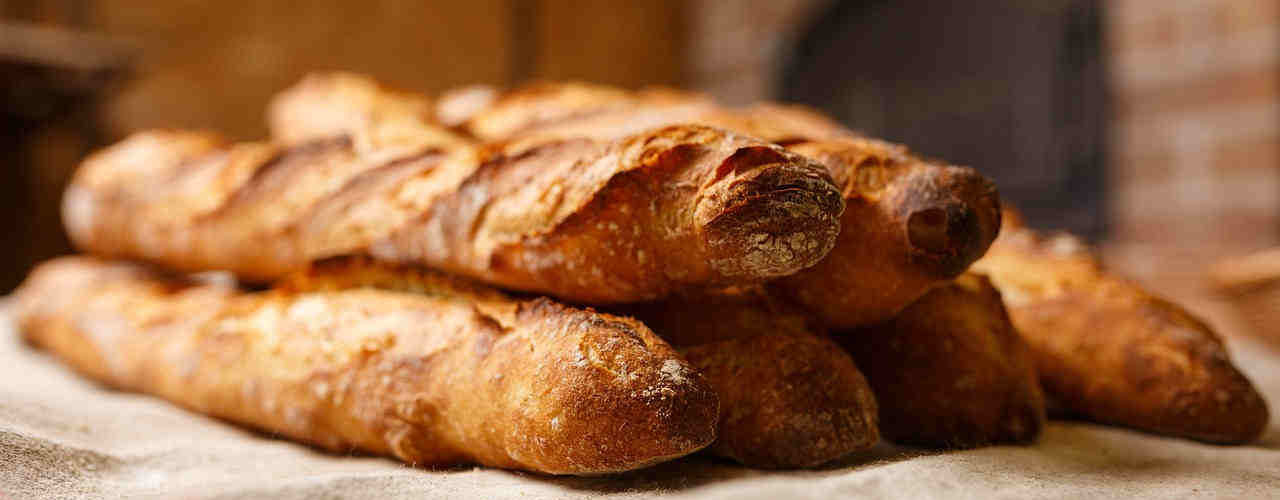Don’t we all hate the feeling of old, dry bread in our mouth? After a few days, it is nothing compared to the fresh and tasty bread that it was when it was freshly baked. But why don’t we put our bread in the fridge if it gets old, like we would do with other food? On the one hand, it is common knowledge that vegetables, yogurt, or even meat belong in the fridge to prevent them from going bad and to stretch out their expiration dates. Bread, on the other hand, does not belong in the fridge but is best stored at room temperature or can also be put in the freezer.

What actually happens when bread gets old is that it loses water. Other than moisture loss, the retrogradation and recrystallization of starch are responsible for the taste and texture of old bread.
Flour, water, and yeast are the main ingredients of a loaf of bread; it is packed full of granules of starch. In their natural state, the starch molecules are arranged in a defined geometric structure. It consists of a crystalline form. As soon as the bread dough is made out of the ingredients and the dough gets baked in the oven at a high temperature, the structure breaks and the starch absorbs water.
When the bread cools, those starches regroup into a crystalline structure again, and it is therefore the gradual return ‘retrogradation’ to the crystal state ‘recrystallization’ that causes the bread to harden and get old. This process will even happen when the bread has been hermetically sealed and therefore cannot lose any water.
That’s why bread does not belong in the fridge. When bread is stored in a cold environment like a fridge, the recrystallization happens much faster than at a warmer temperature: The bread gets old and hard.
Freezing slows the process down, though. And here is why storing bread in the freezer is the best option:

The process of retrogradation gets slowed down, and while defrosting it in the oven or toaster, the starches regelarinize, which means the bread is chewy and fresh again. Temperatures below freezing stop all the internal changes in bread, and it actually stays fresh. It might get a little soggy while defrosting, but once you toast it or turn it into a sandwich, you won’t taste a difference anymore.
To give you a practical tip in the end, I want to advise you to store your bread in the freezer. Once defrosted in the oven, it will almost taste as good as freshly baked. Never put it in the fridge, and if you don’t plan on eating it in the next few days, storing it at room temperature is also the wrong choice. Now you even know the science behind this basic kitchen knowledge.

But even if this article comes too late for you or you still have an old loaf of hard bread in your pantry that you couldn’t eat on time, don’t worry. There are plenty of things that you can do with stale bread, even though it is not enjoyable as a plane sandwich anymore. The easiest idea is to make breadcrumbs. You can toast them or just store them in the freezer for later use.
As a little snack, you could toast an old slice of bread with butter in a pan. Put some chicken stock in the middle of the slice to rehydrate it. Then, put ham and cheese over the piece, as well as an egg on top. Let it bake for 3-4 minutes and enjoy.
Making French toast is another way to get rid of old bread. It is a classic that is always good. You could make croutons for a salad or soup. Season your bread pieces and bake them until they are golden.
Sources:
https://www.seriouseats.com/does-refrigeration-really-ruin-bread (Daniel Gritzer, 02.02.2023)
https://www.cleaneatingmag.com/clean-pantry/pantry-staples/why-refrigerating-bread-is-a-big-no-no/ (Heather Adams, 08.02.2023)
https://www.bonappetit.com/test-kitchen/cooking-tips/slideshow/stale-bread (Danielle Walsh, 08.02.2023)

